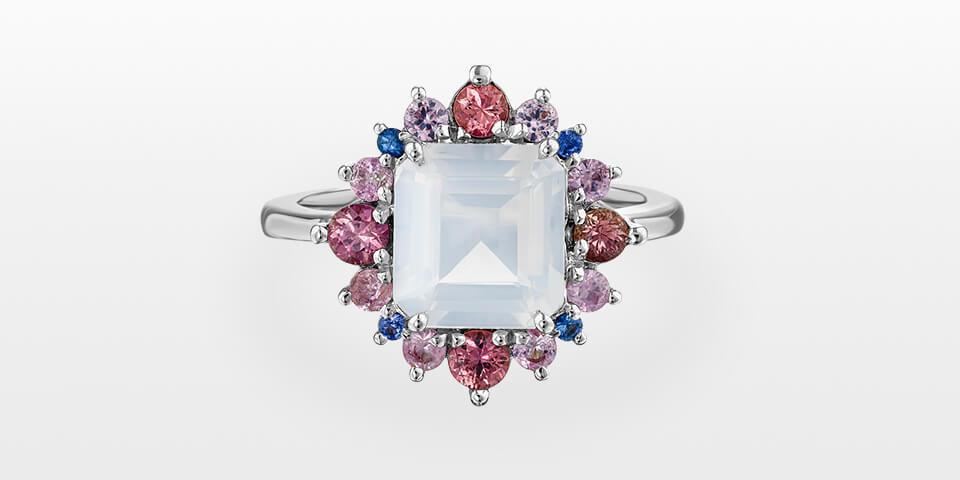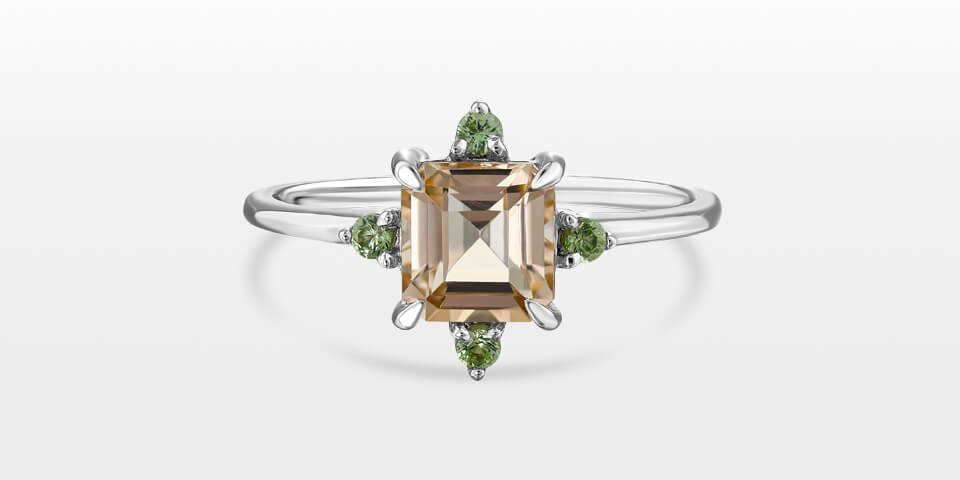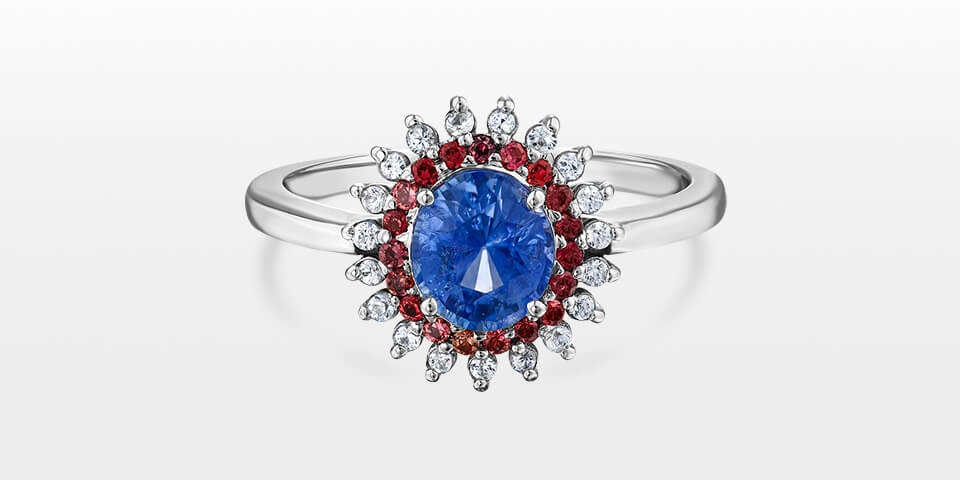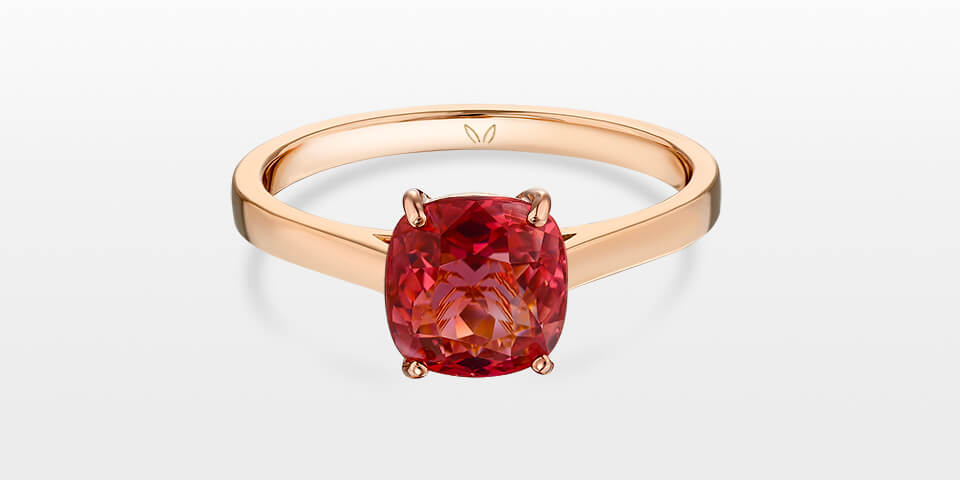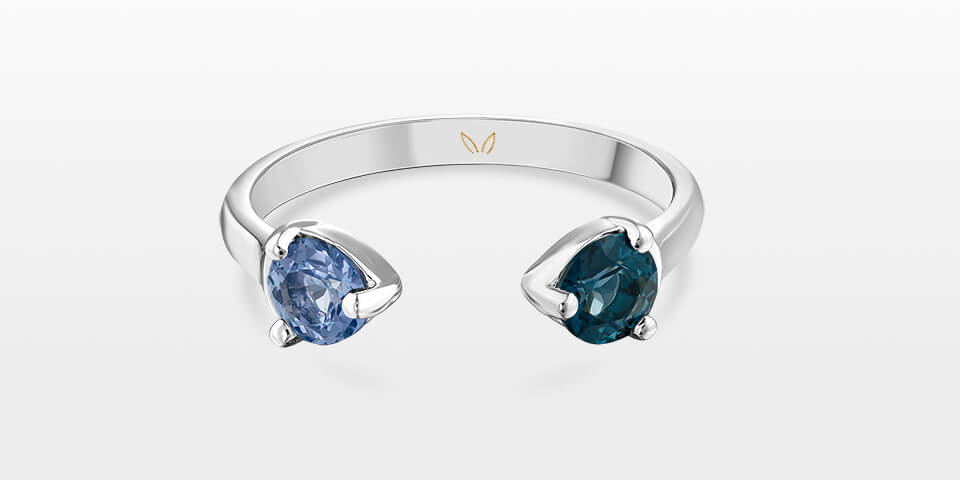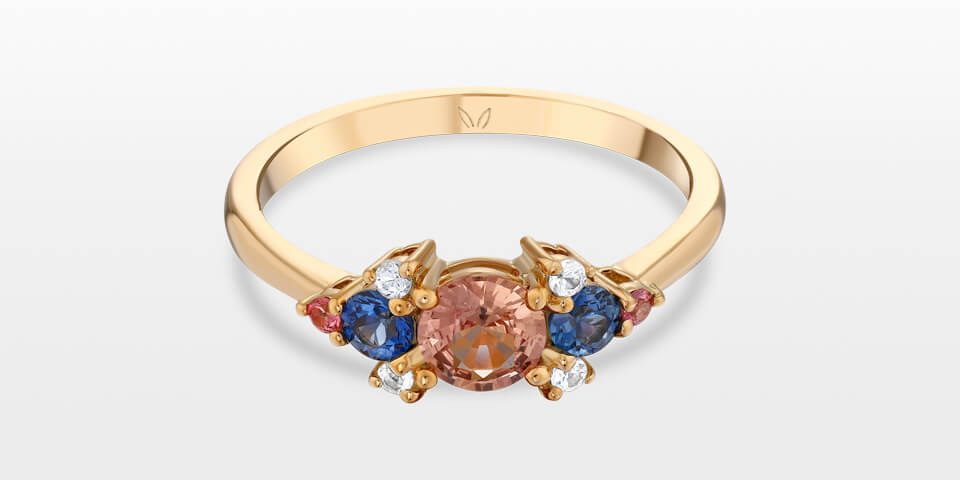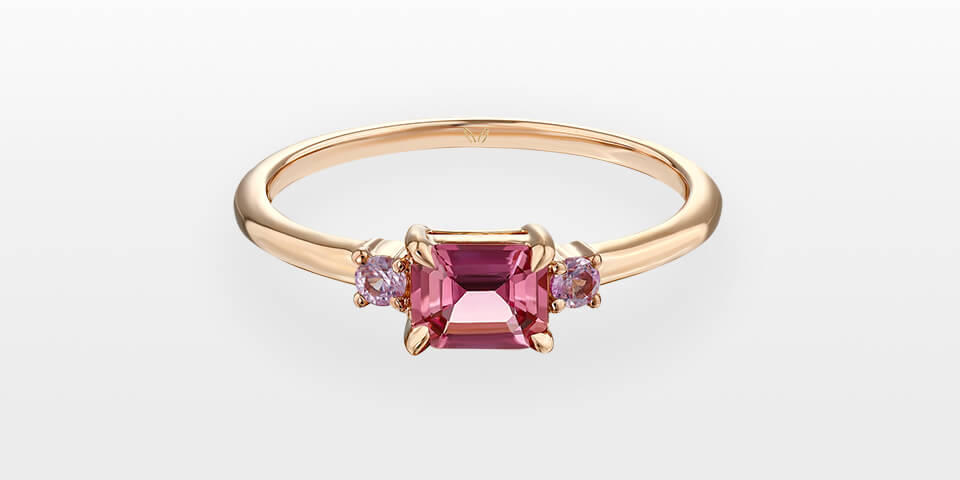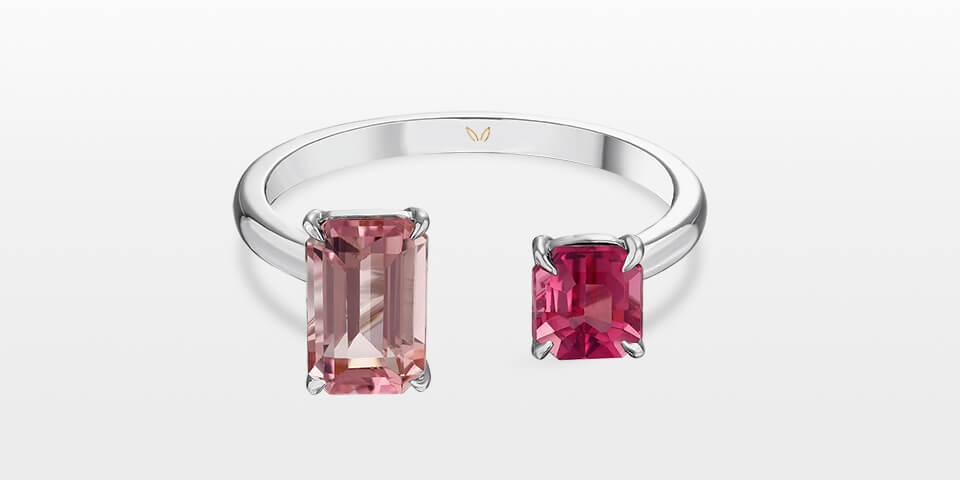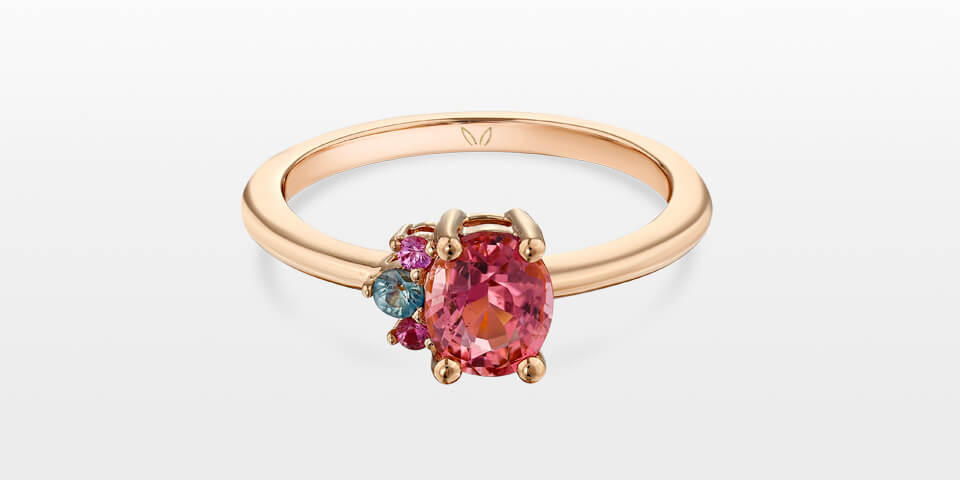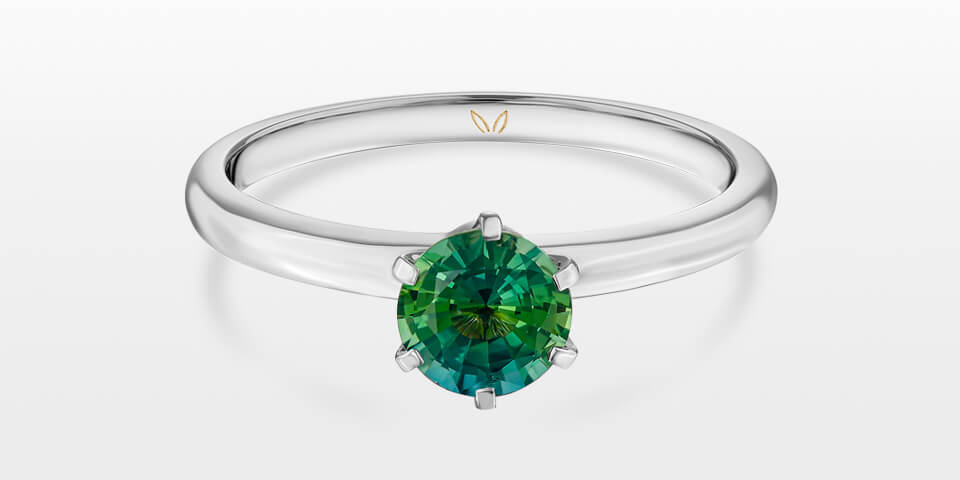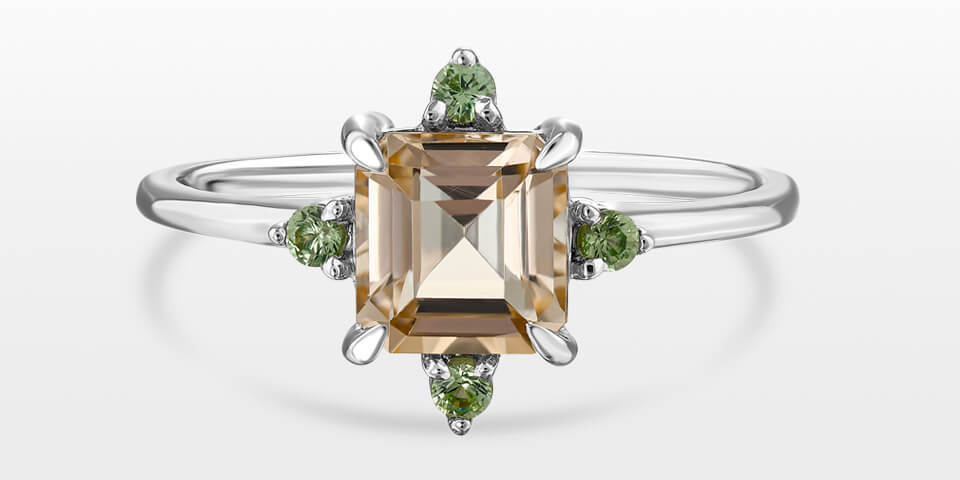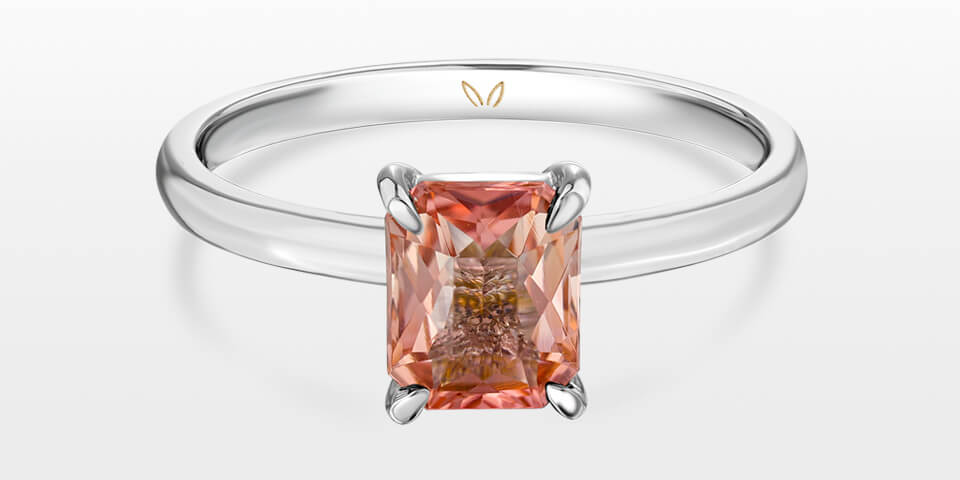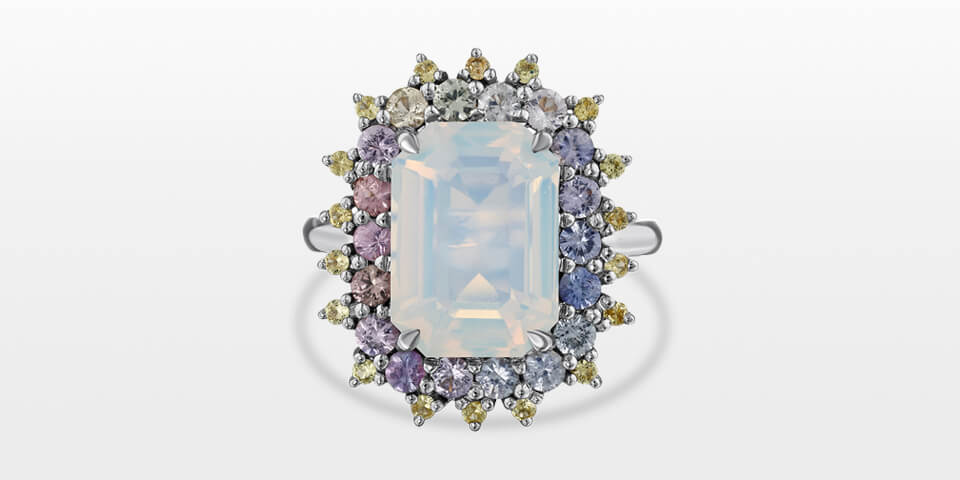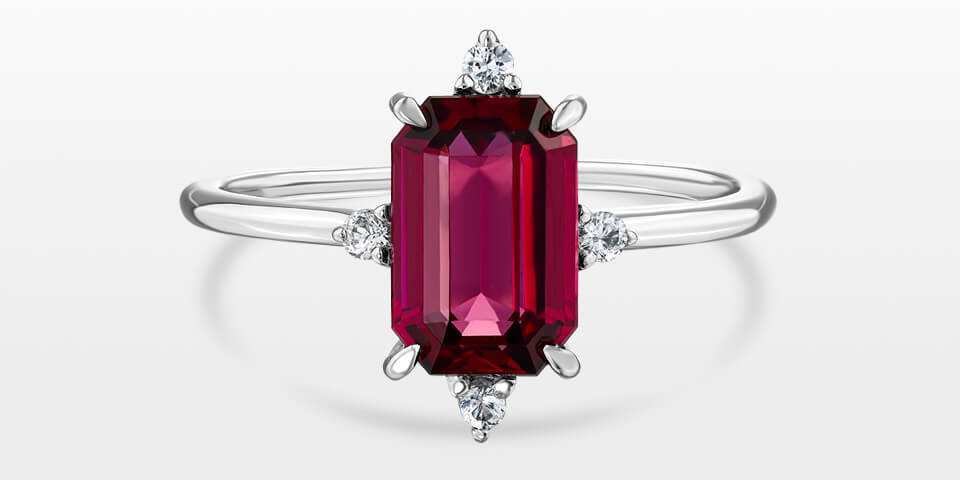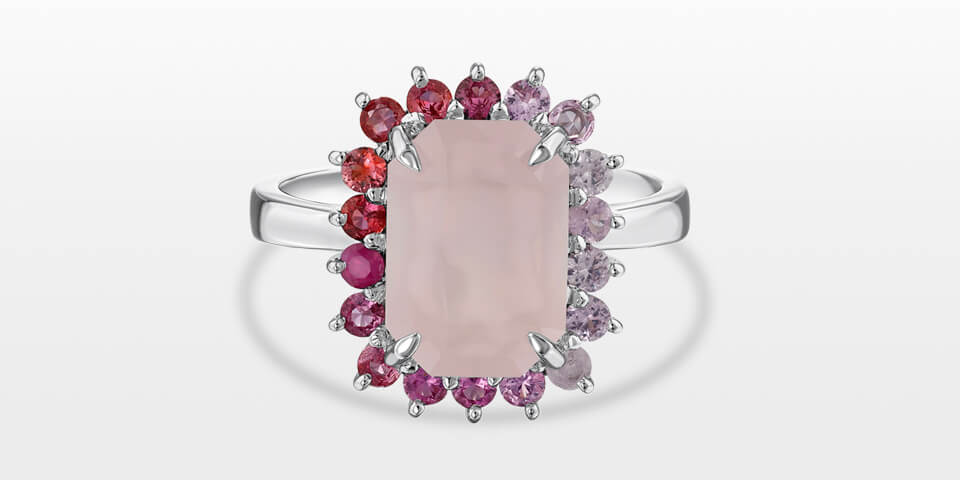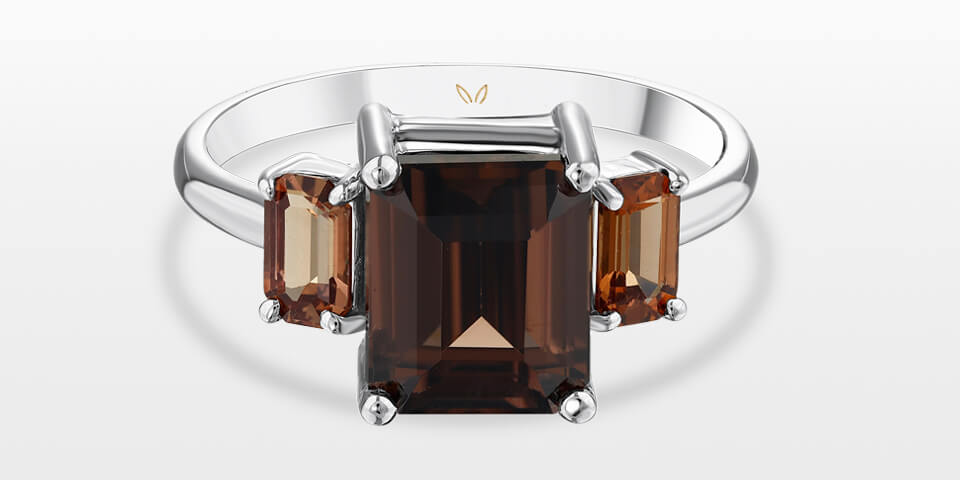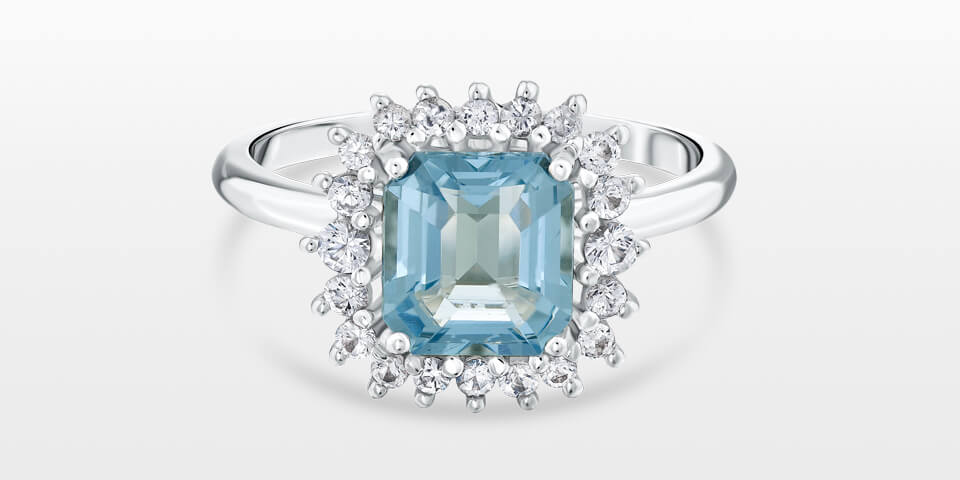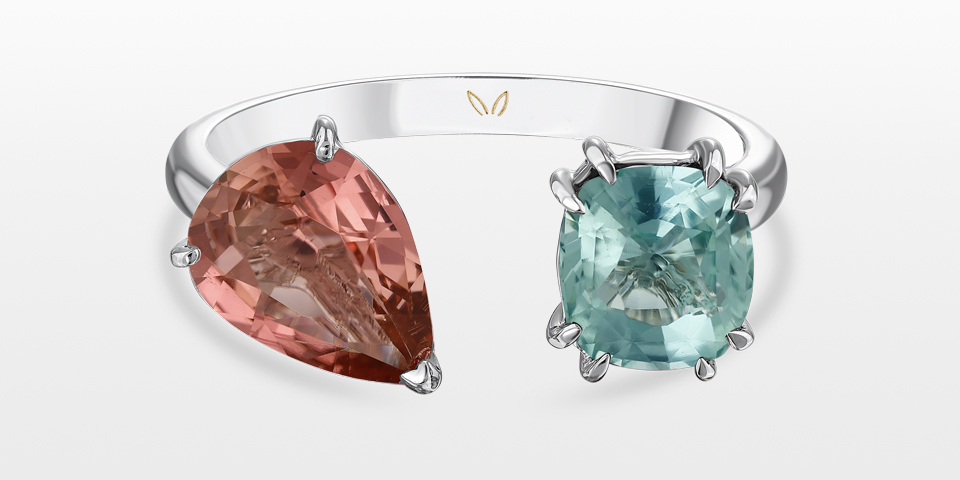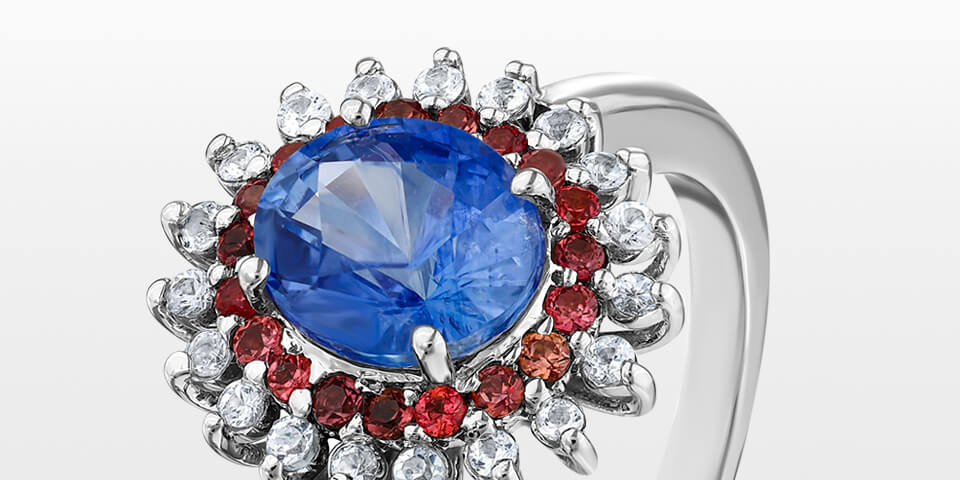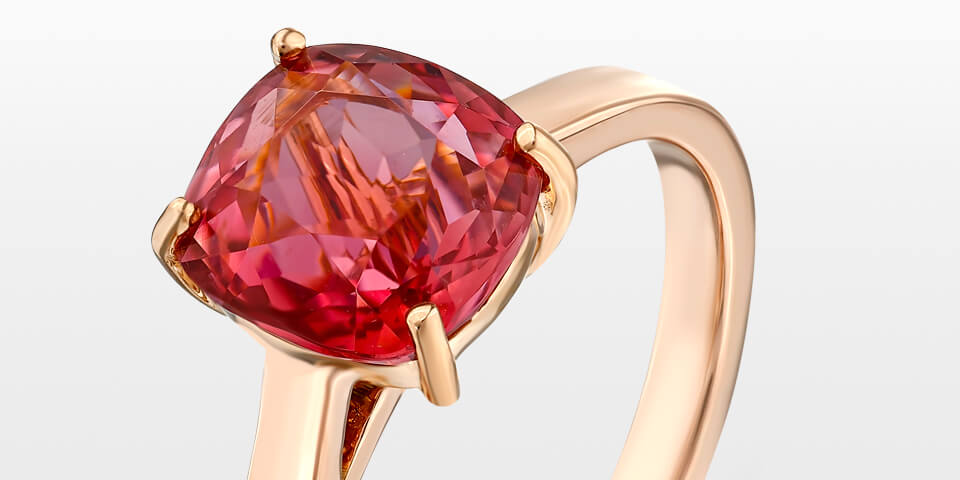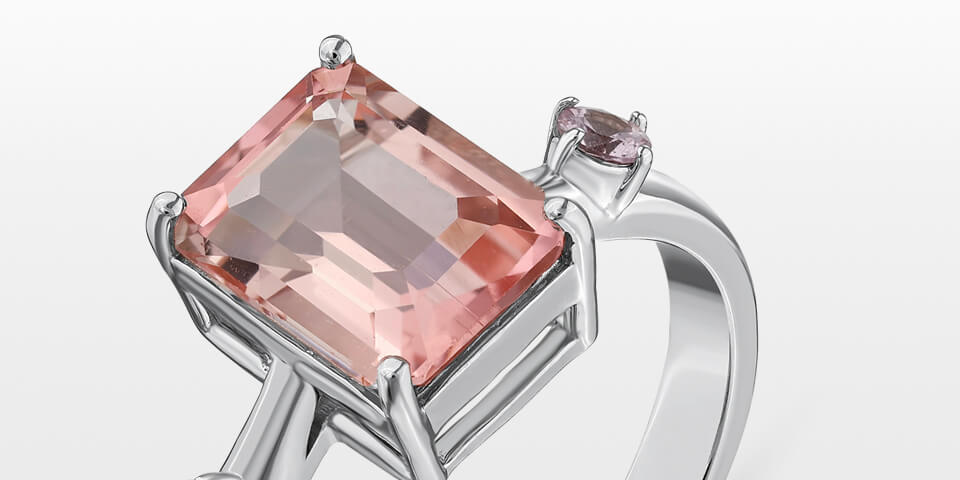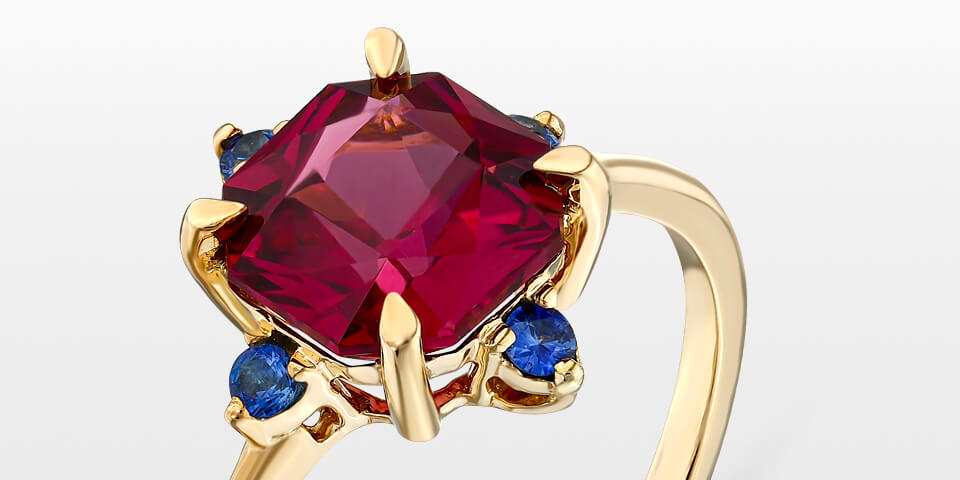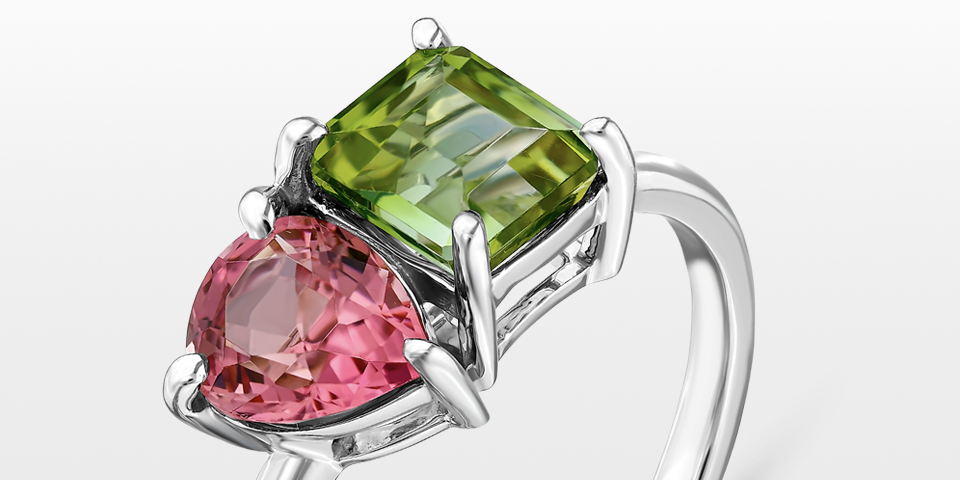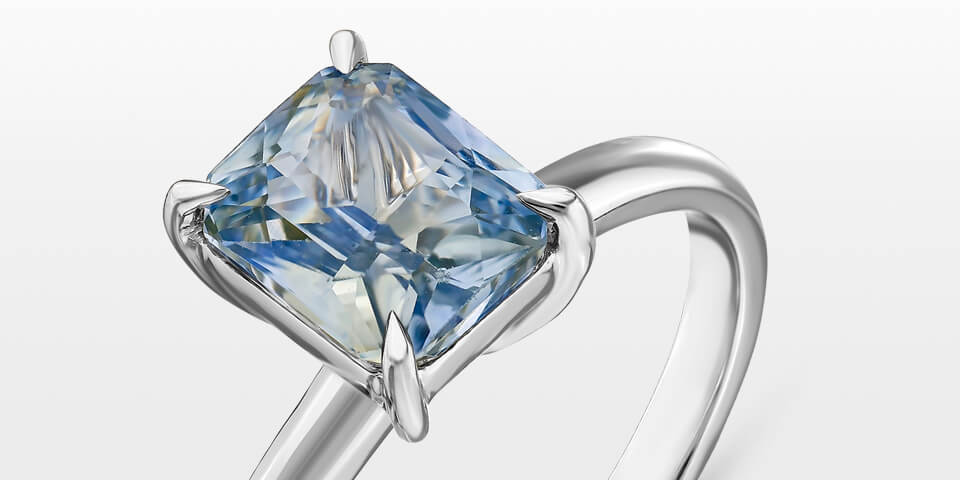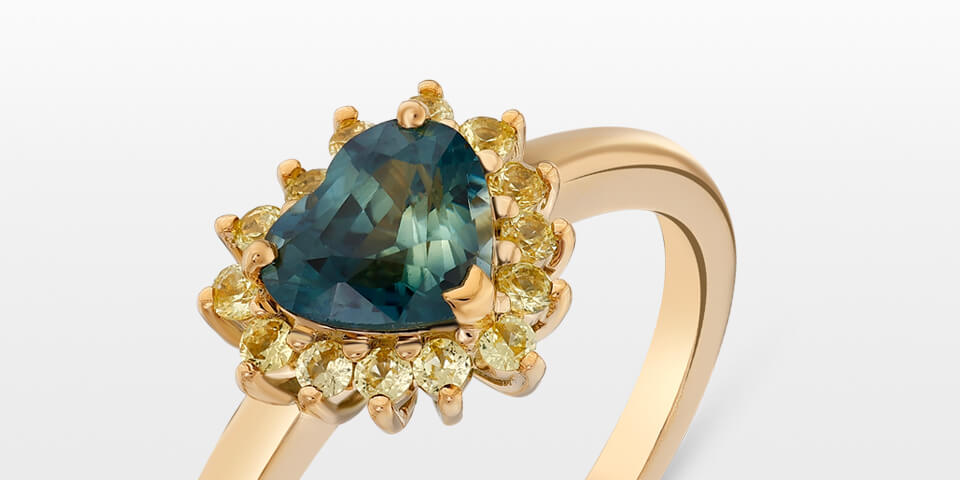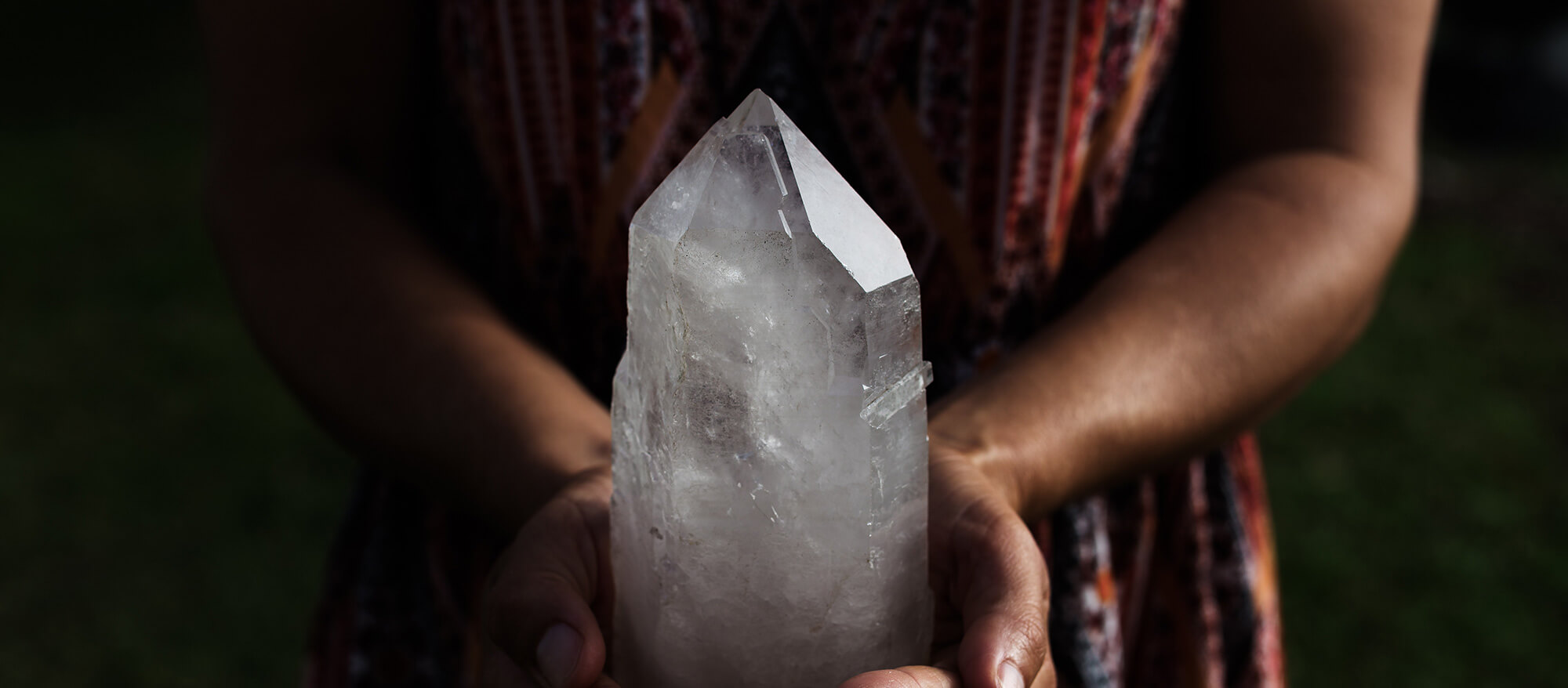
What is the Symmetry of a Crystal?
A crystal's ability to exhibit symmetry depends on the fundamental geometry of its unit cells and is due to the fact that it is made up of geometric patterns that repeat. The shape that is created by a mass of many identical crystals is referred to as a growth habit. A crystal's habit is the final external form it assumes.
What are Crystal Systems?
When determining which mineral belongs to which crystal system based on symmetry, mineralogists and crystallographers use a complex set of criteria. Practically speaking, these systems can be thought of as a collection of cube-like three-dimensional cells. It should be mentioned that some crystallographers consider the hexagonal and trigonal systems to be one system.
Cubic a=b=c
Three right angles and equal side lengths define the cubic unit cell. Therefore, an equals b equals c in relation to the length of its sides.
Trigonal a=b=c
Squeezing two opposing short edges further modifies the first hexagonal cell, transforming all of its faces into lozenge shapes. A and B are at a 120 degree angle. The trigonometric is regarded as a division of the hexagonal in the US.
Hexagonal a=b≠c
Two of a tetragonal cell's opposing long edges are pressed together to form the hexagonal system, leaving behind rectangular sides but lozenge-shaped ends.
Tetragonal a=b≠c
There are still three right angles if the cubicle is stretched vertically, but the vertical side is longer than the other two. A plus B does not equal C right now.
Orthorhombic a≠b≠c
The three right angles still exist if the tetragonal cell is stretched horizontally, but no longer are all the sides equal in length. So, an and b are not equal. It doesn't equate to c.
Monoclinic a≠b≠c
If the orthorhombic cell is skewed in one direction, there are only two right angles left, and an is not equal to b is not equal to c, the result is a monoclinic system.
Triclinic a≠b≠c
No right angles remain on any of the faces, and none of the edges are equal, resulting in the triclinic system.
